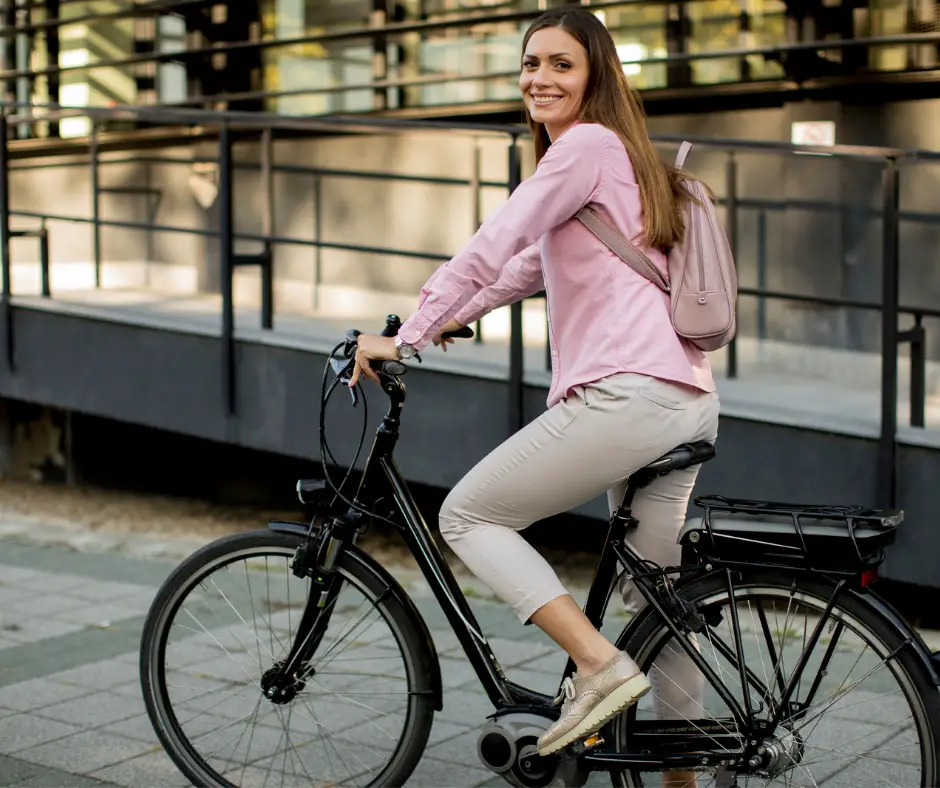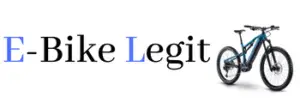Electric bikes, also known as e-bikes, have seen a significant increase in popularity in recent years. This is due in part to their ability to provide a convenient and eco-friendly mode of transportation. A rechargeable battery powers E-bikes and assists the rider with pedaling, making it easier to tackle hilly terrain or travel long distances.
This blog post provides an overview of the legal restrictions and safety considerations for riding an electric bike without a license. We will also discuss factors that affect electric bike speed and take a look at some popular e-bike models and their top speeds. With the increasing popularity of e-bikes, it is important for riders to understand the laws and guidelines surrounding their use, as well as the potential risks and benefits.

By the end of this blog post, you should have a better understanding of the legal restrictions and safety considerations for riding an electric bike without a license, as well as the factors that affect electric bike speed, popular e-bike models, and their top speeds. This knowledge will enable them to make an informed decision when considering purchasing an electric bike and riding safely and responsibly.
Legal Restrictions on Electric Bike Speed
Electric bikes, also known as e-bikes, have become increasingly popular in recent years as a convenient and eco-friendly mode of transportation. However, it is important to note that the legal restrictions and speed limits for e-bikes vary by state and even by municipality.
According to federal law, an electric bike is defined as a bicycle with a motor that provides assistance only when the rider is pedaling and that stops providing assistance when the bike reaches 20 miles per hour. This means that e-bikes with a top speed of 20 mph or less are considered bicycles and do not require a license or registration.
However, individual states may have their own definitions and restrictions for e-bikes. For example, some states may consider e-bikes with a top speed of 28 mph or less to be bicycles, while others may have a lower maximum speed limit. It is important to check with your state’s Department of Motor Vehicles or transportation agency for specific regulations in your area.
In terms of speed limits, e-bikes without a license are generally restricted to a maximum speed of 20 mph. Riding an e-bike at a higher speed could result in penalties such as fines or even impoundment of the e-bike. In some cases, riding an e-bike at a speed above the legal limit could also result in the rider being cited for reckless or negligent behavior.
It is important to note that some municipalities may also have their own speed limits and restrictions for e-bikes, so it is always best to check with local authorities before riding. Additionally, riders should always be aware of and follow traffic laws and regulations, even if they do not require a license.
However, electric bike riders must understand the legal restrictions on speed and abide by them. Not only it is a legal requirement but also it ensures the safety of the rider and the people around them. It is always a good practice to check with the state and local authorities for specific regulations and follow them.
Factors Affecting Electric Bike Speed
When it comes to electric bikes, there are several factors that can affect the speed at which they can travel. These include the power of the motor, the capacity of the battery, the terrain on which the bike is being ridden, the weight of the rider, and even the weather conditions. In this section, we will take a closer look at each of these factors and how they can impact the speed of an electric bike.
Motor Power and Battery Capacity
The power of the motor and the capacity of the battery are two of the most important factors that determine the speed of an electric bike. A higher-powered motor and a larger battery capacity will generally allow the bike to travel at a faster speed. However, it’s also important to note that a higher-powered motor and larger battery can also result in shorter battery life and a heavier bike.
Terrain and Rider Weight
Another important factor that can affect electric bike speed is the terrain on which the bike is being ridden. Riding on flat, smooth surfaces will generally allow the bike to travel at a faster speed than riding on rough, hilly terrain. Additionally, the weight of the rider can also play a role in determining speed, as a heavier rider will require more power to maintain a certain speed.
How Weather Conditions can Affect Speed
Finally, weather conditions can also play a role in determining the speed of an electric bike. Riding in strong winds or heavy rain can make it more difficult for the bike to maintain a certain speed. Additionally, extreme temperatures can also affect the performance of the battery, resulting in a decrease in speed.
Nevertheless, understanding the factors that affect electric bike speed is essential for getting the most out of your e-bike. Choosing the right e-bike, considering the terrain and rider weight, and being aware of the weather conditions, can help you to maximize your speed and have a safe and enjoyable ride.
Safety Considerations
When it comes to riding an electric bike, safety should always be a top priority. One of the most important things you can do to ensure your safety is to wear appropriate protective gear. This includes a helmet, gloves, and closed-toe shoes. A helmet is crucial in protecting your head in the event of an accident, and gloves can help protect your hands from road rash. Closed-toe shoes will also provide protection for your feet and toes.
In addition to wearing protective gear, it is also important to practice proper riding techniques to ensure safety. This includes maintaining proper posture, keeping both hands on the handlebars, and using appropriate signals when turning. It’s also important to be aware of your surroundings and to anticipate potential hazards such as potholes or other obstacles.
Regular maintenance is also crucial in ensuring the maximum speed and safety of your electric bike. This includes checking the brakes, tires, and lights, as well as regularly charging the battery. It’s also important to keep an eye on the wear and tear of the bike and to address any issues that arise as soon as possible.
In summary, wearing protective gear, practicing proper riding techniques, and regular maintenance are all essential for ensuring the maximum speed and safety of your electric bike. By following these guidelines, you can enjoy the benefits of riding an electric bike while minimizing the risk of injury.
FAQs
Why are eBikes limited to 28 mph?
The 28 mph limit on eBikes is set by the Federal Consumer Product Safety Commission as a safety measure to ensure that these bikes do not pose a danger to their riders or others on the road. The limit is designed to strike a balance between providing the benefits of increased speed and maneuverability while still ensuring the safety of riders and others on the road. This speed limit is also in line with international standards and helps to ensure the consistency of regulations across different countries.
